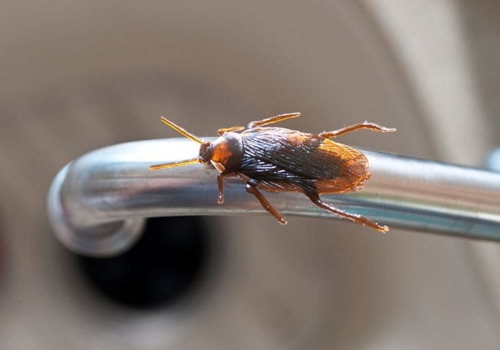Headache, dizziness, nausea, vomiting, diarrhea, increased salivation, fatigue. Seizures can occur and are more common with more toxic cyanopyrethroids. Some may be toxic by mouth, but ingestion of pyrethroid insecticide generally presents a relatively low risk. Rarely, very high doses can cause lack of coordination, tremors, salivation, vomiting, diarrhea, and irritability to sound and touch.
Most pyrethroid metabolites are rapidly excreted by the kidney. Acute pesticide poisoning is a global public health problem, causing up to 300,000 deaths worldwide each year. Most deaths result from exposure to organophosphates, organochlorines, and aluminum phosphide. Organophosphorus compounds inhibit acetylcholinesterase, resulting in acute toxicity.
Intermediate syndrome can develop in several patients and can result in respiratory paralysis and death. Treatment consists of adequate oxygenation, atropine in increasing doses and pralidoxime in high doses. It is important to decontaminate the skin while taking precautions to avoid secondary contamination of health personnel. Organochlorine pesticides are toxic to the central nervous system and sensitize the myocardium to catecholamines.
Treatment involves supportive care and avoiding exogenous sympathomimetic agents. Ingestion of paraquat causes severe inflammation of the throat, corrosive damage to the gastrointestinal tract, renal tubular necrosis, liver necrosis, and pulmonary fibrosis. Oxygen administration should be avoided, as it causes more fibrosis. The use of immunosuppressive agents has improved outcomes in patients with paraquat poisoning.
Rodenticides include thallium, superwarfarins, barium carbonate, and phosphides (aluminum and zinc phosphide). Alopecia is an atypical feature of thallium toxicity. Most superwarfarin exposures are harmless, but prolonged bleeding can occur. Ingestion of barium carbonate can cause severe hypokalemia and paralysis of the respiratory muscles.
Aluminum phosphide is a highly toxic agent with mortality ranging from 37 to 100%. It inhibits mitochondrial cytochrome c oxidase and causes pulmonary and cardiac toxicity. Treatment is supportive and some studies suggest a beneficial effect of magnesium sulfate. Diethyltoluamide) are relatively harmless, but can cause toxic effects on the pulmonary and central nervous systems.
Ethylene dibromide, a highly toxic fumigant pesticide, causes oral ulcerations, followed by liver and kidney toxicity, and is almost uniformly fatal. Physicians working in remote and rural areas should be informed about early diagnosis and proper management using supportive care and antidotes, whenever available. Symptoms of pesticide poisoning can range from mild skin irritation to coma or even death. Different classes or families of chemicals cause different types of symptoms.
People also vary in their sensitivity to different levels of these chemicals. Some people may not show any reaction to exposure that could cause serious illness in others. Because of potential health problems, pesticide users and handlers should recognize common signs and symptoms of pesticide poisoning. Insecticide is a chemical that kills insects.
Insecticide poisoning occurs when someone swallows or inhales this substance or it is absorbed through the skin.







